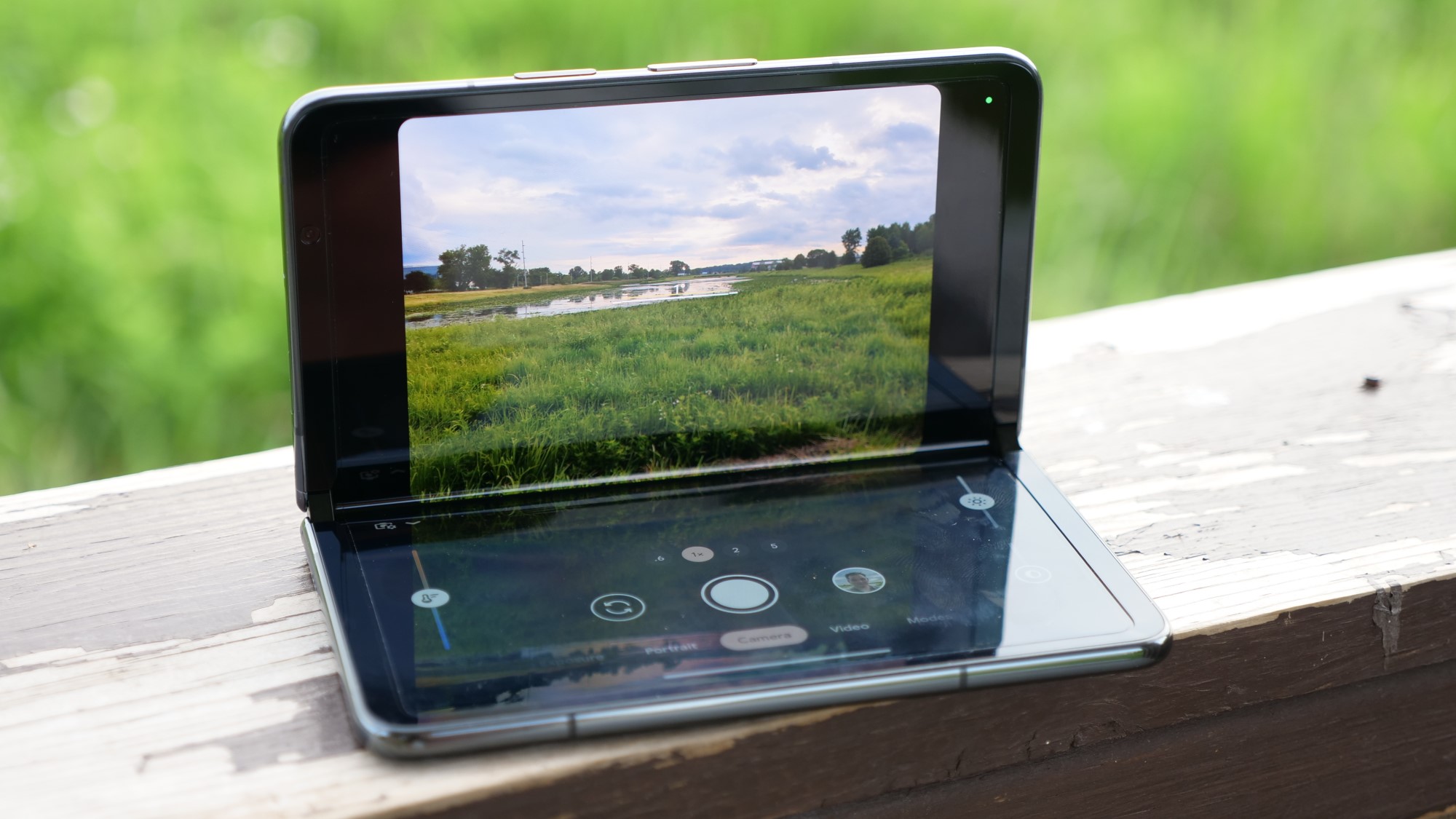
After spending over a week with the Pixel Fold now, I remain thoroughly impressed with most of the decisions Google made on its first foldable. Yes, I’ve got some qualms about it with its high price and some durability concerns topping that list, but thus far it is my favorite foldable phone for a host of reasons.
I'll freely concede, this remains an exceedingly limited market, in the U.S. the Galaxy Z Fold 4 is the only horizontally folding competition, but several years into the Galaxy Z Fold line it is notable that Google has created such a worthy competitor with its fledgling effort.
There are pluses and minuses to each phone, but I wanted to take a closer look at three ways that the Google Pixel Fold beats the Galaxy Z Fold 4 and whether they are the right three things to win you over.
1. Pixel Fold is a perfect blend of screen size and portability
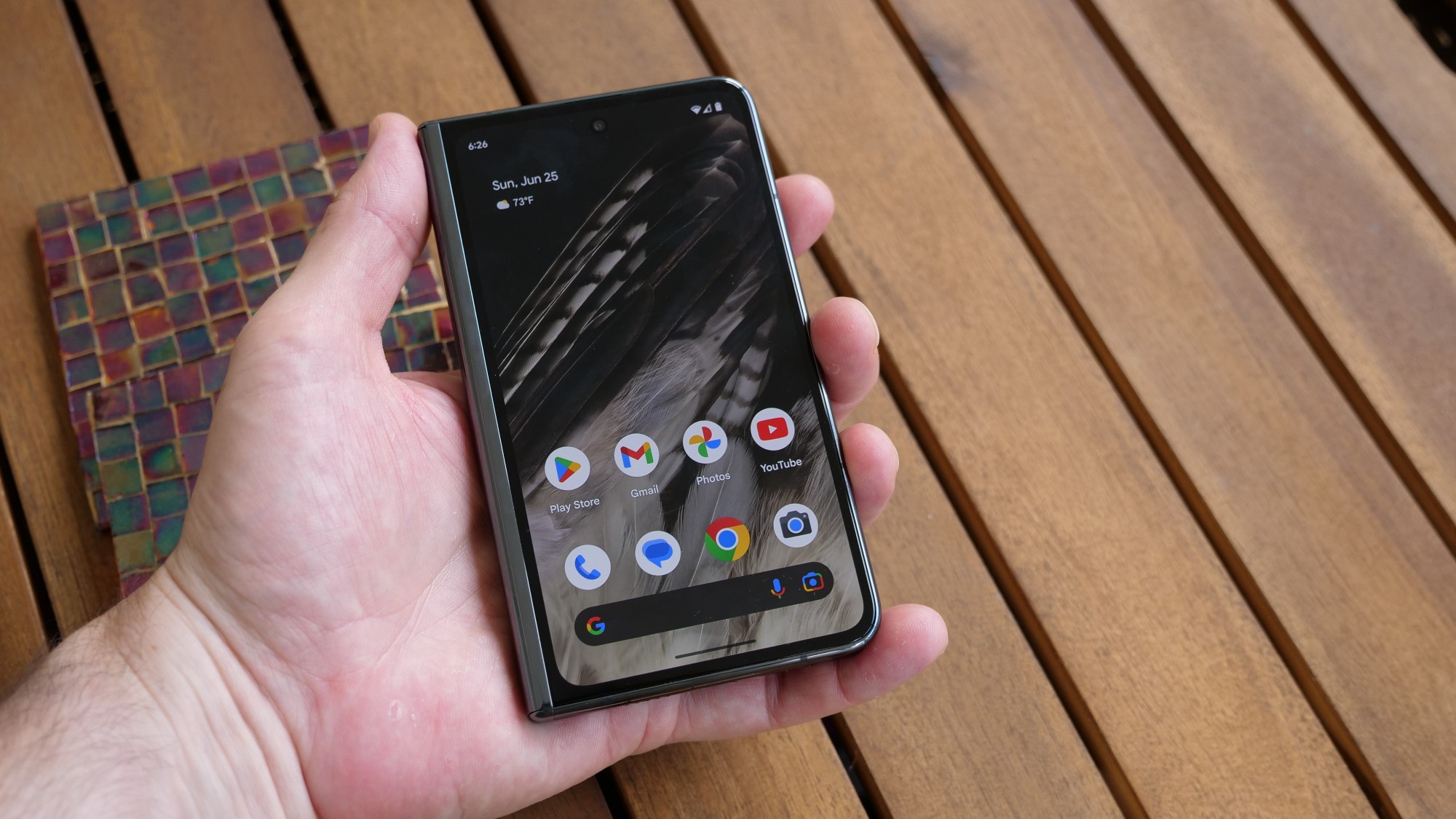
The Pixel Fold's size is just *chef’s kiss* and that is a decision that permeates the entire experience of using the Pixel Fold. It's pocketable despite that 7.6-inch internal display waiting in the wings when you need to get some real work (or play) done. The wider and shorter internal display also makes it a better fit video content compared to the massive black bars at the top and bottom on the Z Fold 4.
The cover display is also more natural to use than the elongated front-display on Samsung's foldable. The Z Fold 3 and 4 were a dramatic improvement over their predecessors when it came to offering a usable cover display experience, but it's still far narrower than a typical phone which will at times leave your struggling to type or navigate apps properly.
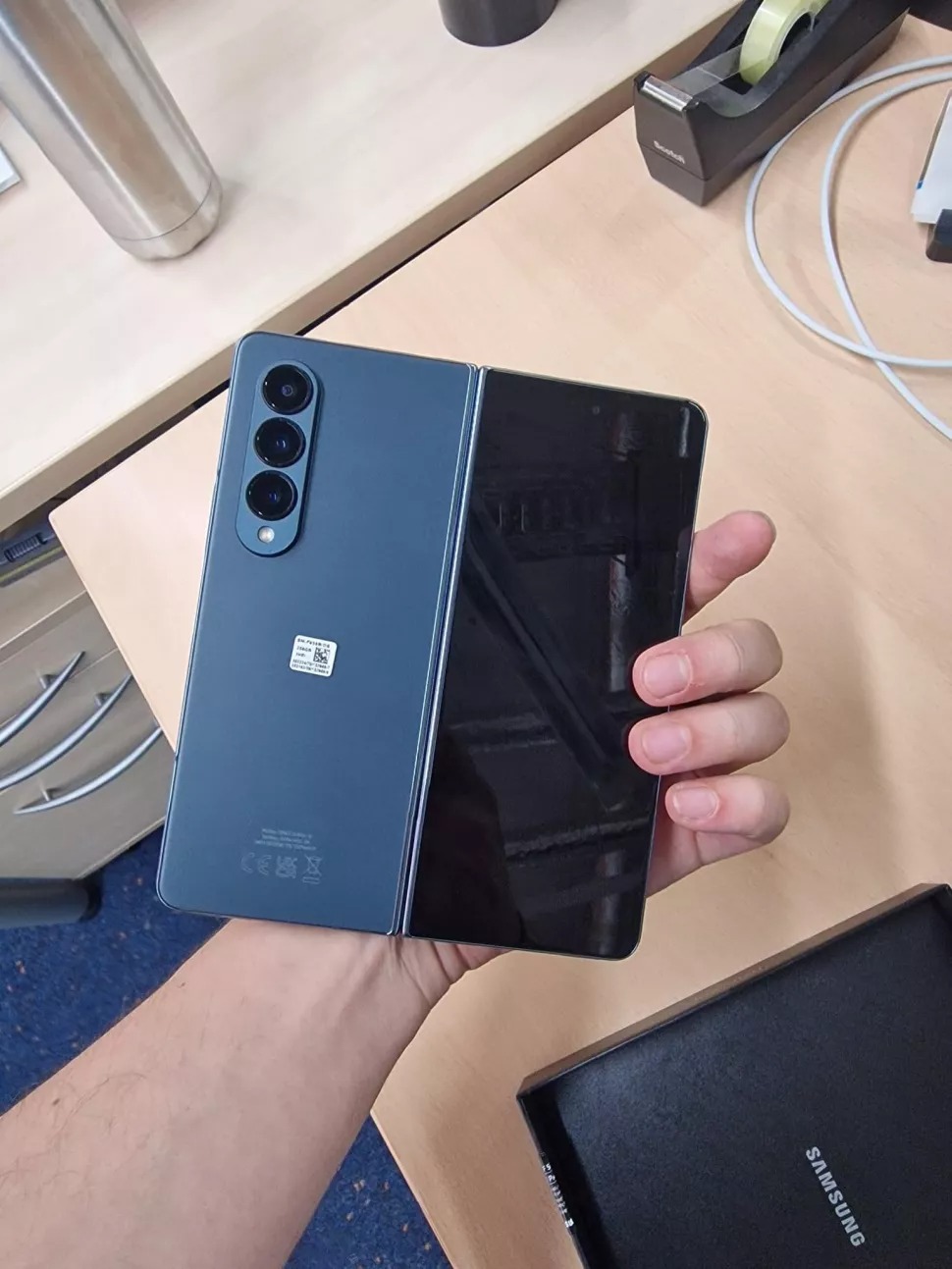
Don't get me wrong, I’ve enjoyed using the Galaxy Z Fold 4 and it is an absolute powerhouse of a phone, but you will never forget that you have a tablet-style foldable phone in your pocket. The Pixel Fold's smaller footprint and true fold flat design make it come closer to feeling like a slightly thicker standard phone than two phones sandwiched together in your pocket.
The Pixel Fold is hitting an ideal mix of the portability offered by the vertically folding phones like the Galaxy Z Flip 4 or new Moto Razr+, while still offering the larger screen experience of a horizontal or tablet-style foldable that power users are going to gravitate towards.
2. Pixel Fold offers a flagship camera experience
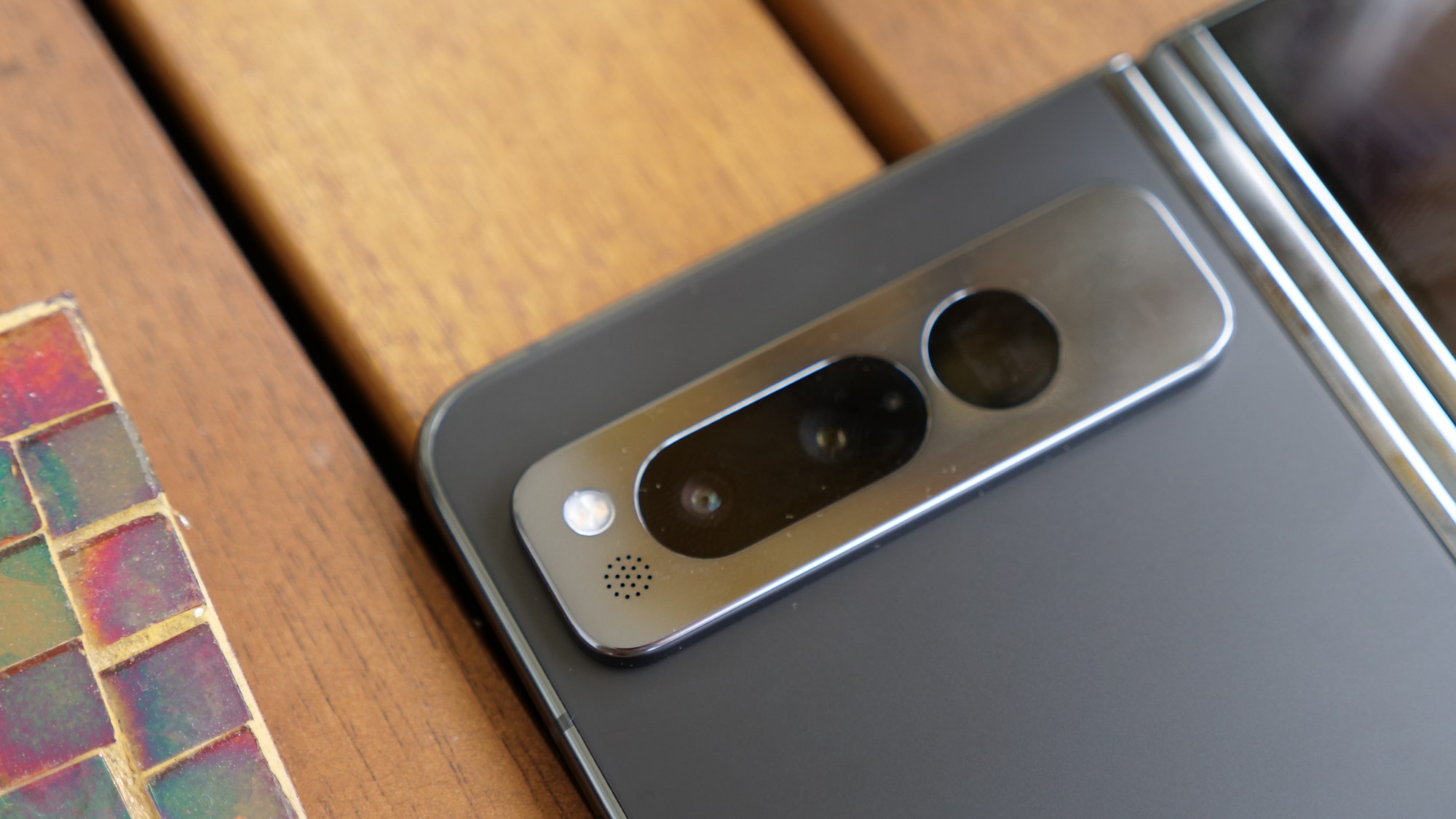
While it isn't an exact match for the Pixel 7 Pro cameras, the Google Pixel Fold delivers an excellent camera array, including a 5x optical zoom telephoto lens. Samsung upped its game last year with the Galaxy Z Fold 4 cameras and from a pure hardware perspective it's pretty close to a draw, but as has been the case for years now, it's Google's computational edge that helps it win the day.
Google's Real Tone gives you more realistic skin tones when snapping photos of people, the 5x optical zoom enhanced with Google's Super Res Zoom gives you usable shots out to 20x, and Google remains the gold standard across all brands for hitting that mix of pop and vibrancy without waving goodbye to reality.
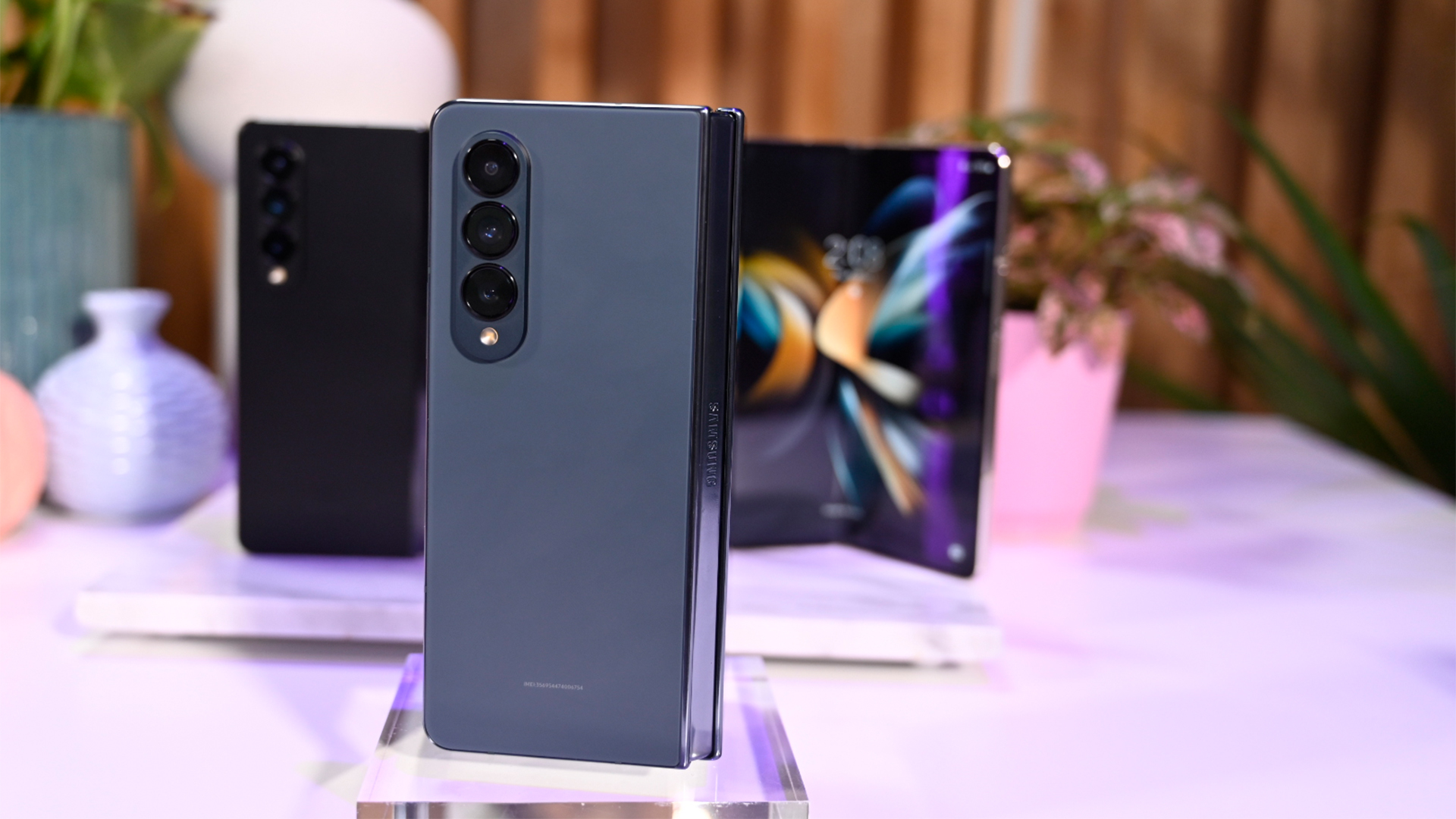
Selfie shooters that don't want to deal with juggling their phone to use the rear cameras are also going to be far more satisfied with the Pixel Fold, particularly when it comes to that internal cameras. Samsung's under-display camera tech still has some work to do before it's useful for anything more than video chats.
While the Pixel Fold just delivers more consistently excellent photos, it doesn't help that the Z Fold 4 feels like it is giving you a Galaxy S23 experience rather than Galaxy S23 Ultra, hard to stomach when you are paying $1,799.
3. Pixel Fold offers longer battery life
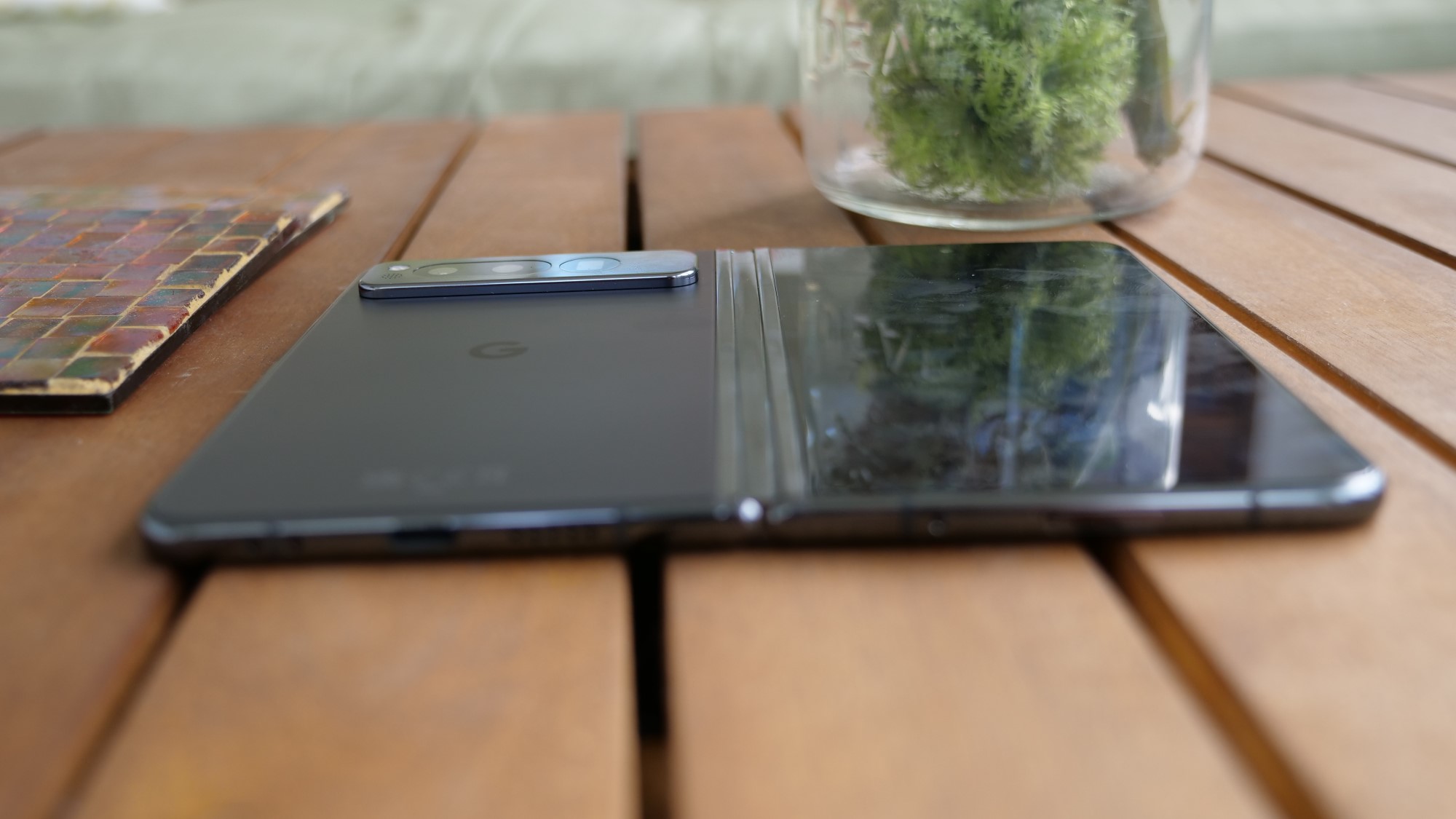
After Google's Pixel phones have consistently disappointed on our battery life tests over the years I had little hope for the ultra-thin Fold breaking that streak, but lo and behold it did. While the 10 hours and 21 minutes the Fold reached in our Laptop Mag battery test isn't going to land it on our phones with the best battery life, it's still a solid edge on the 9 hours and 37 minutes that the Galaxy Z Fold 4 delivered.
It's also exactly the cut point where I start to feel like I don't need to worry about topping a phone up sometime throughout the day. While I'm continuing to work on more long-term testing of the Pixel Fold battery life as Google's software tends to improve battery life over time, that's all the more encouraging that things are already in a solid state.
The Galaxy Z Fold 4 falls just slightly on the other side of that equation, where I will make sure I plug it in or drop it on a wireless charger for 20-30 minutes at some point to ensure I make it through the day. That's hardly a deal breaker, I do the same for the iPhone 14 Pro, but it's nice to not have to worry about it on all but the busiest of days.
Bottom line
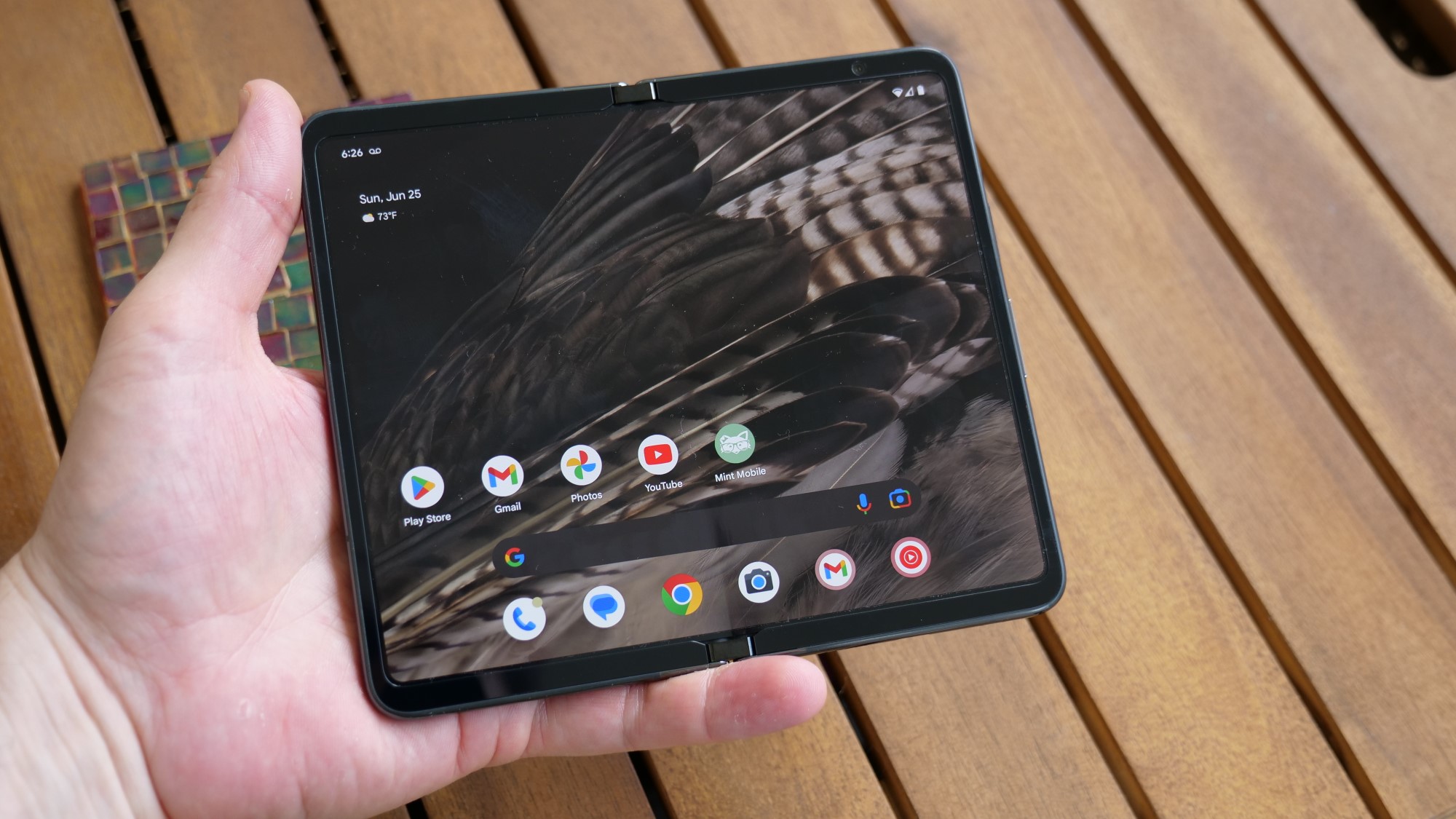
Both of these phones are excellent (they should be for $1,799), but the form factor and the cameras on the Pixel Fold have really won me over in a short time. The slightly superior battery life is just the icing on the daily usability cake for me.
The Galaxy Z Fold 4 absolutely has its own advantages; Samsung's DeX gives you an almost laptop replacement experience, S Pen support can be handy, longer durability track record, and the Snapdragon 8 Gen 1+ is an undeniably more powerful chipset.
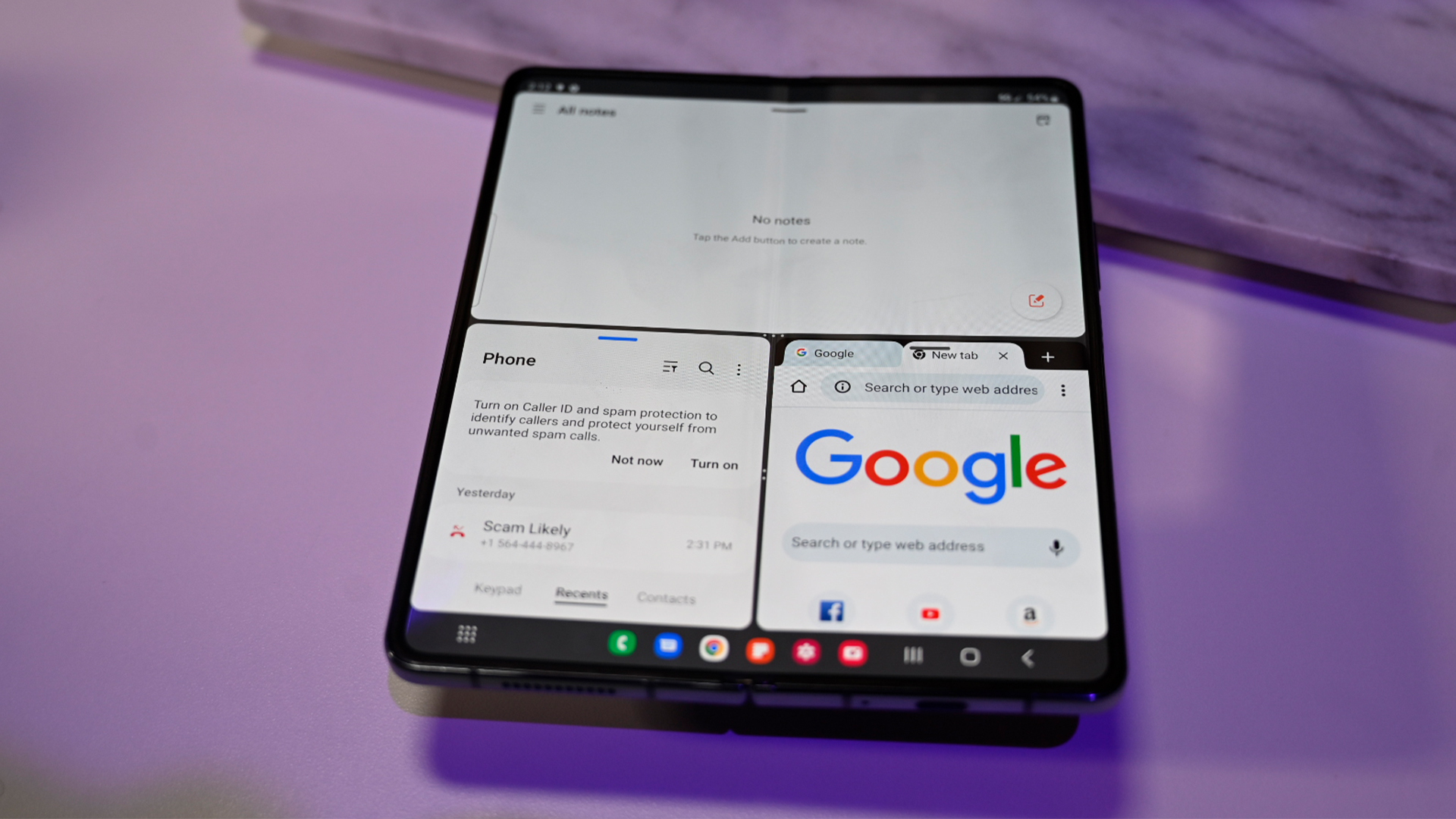
For me it comes down to your use case, if you are looking for a tablet replacement that also happens to be a phone, the Galaxy Z Fold 4 is the answer. If you are looking for a great daily usage phone that can spring into tablet duty, the Pixel Fold is the winner. Obviously, I fall into the latter camp.
However, the Pixel Fold arrives at a challenging time, so if you are waffling on which to choose you may want to wait a month or two. We are likely less than a month away from the launch of the Galaxy Z Fold 5 and the OnePlus foldable is expected to arrive perhaps a month after that.
After years of a one-horse race, the tablet-style foldable competition (in the U.S.) is heating up, so while the Pixel Fold just became my front-runner, it may not be able to hold on to that spot for long.







